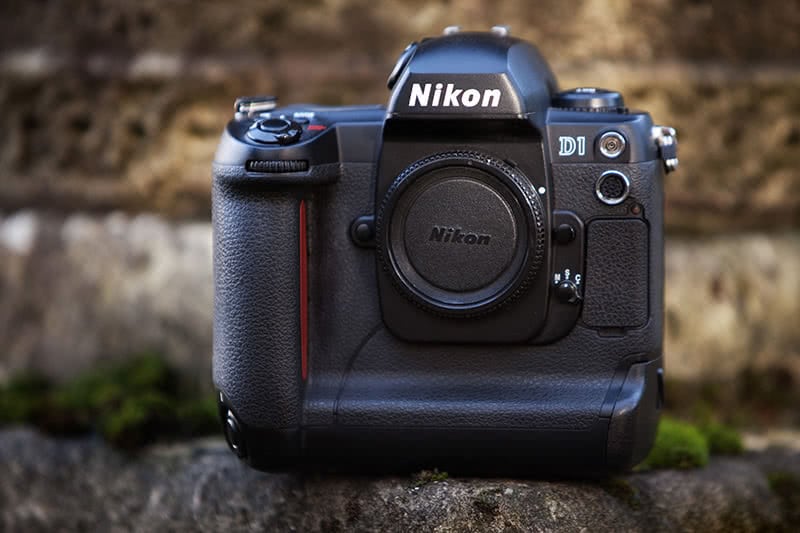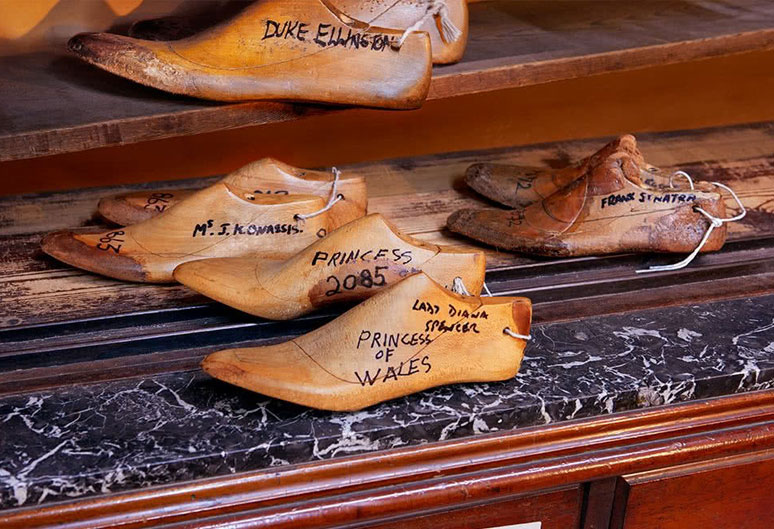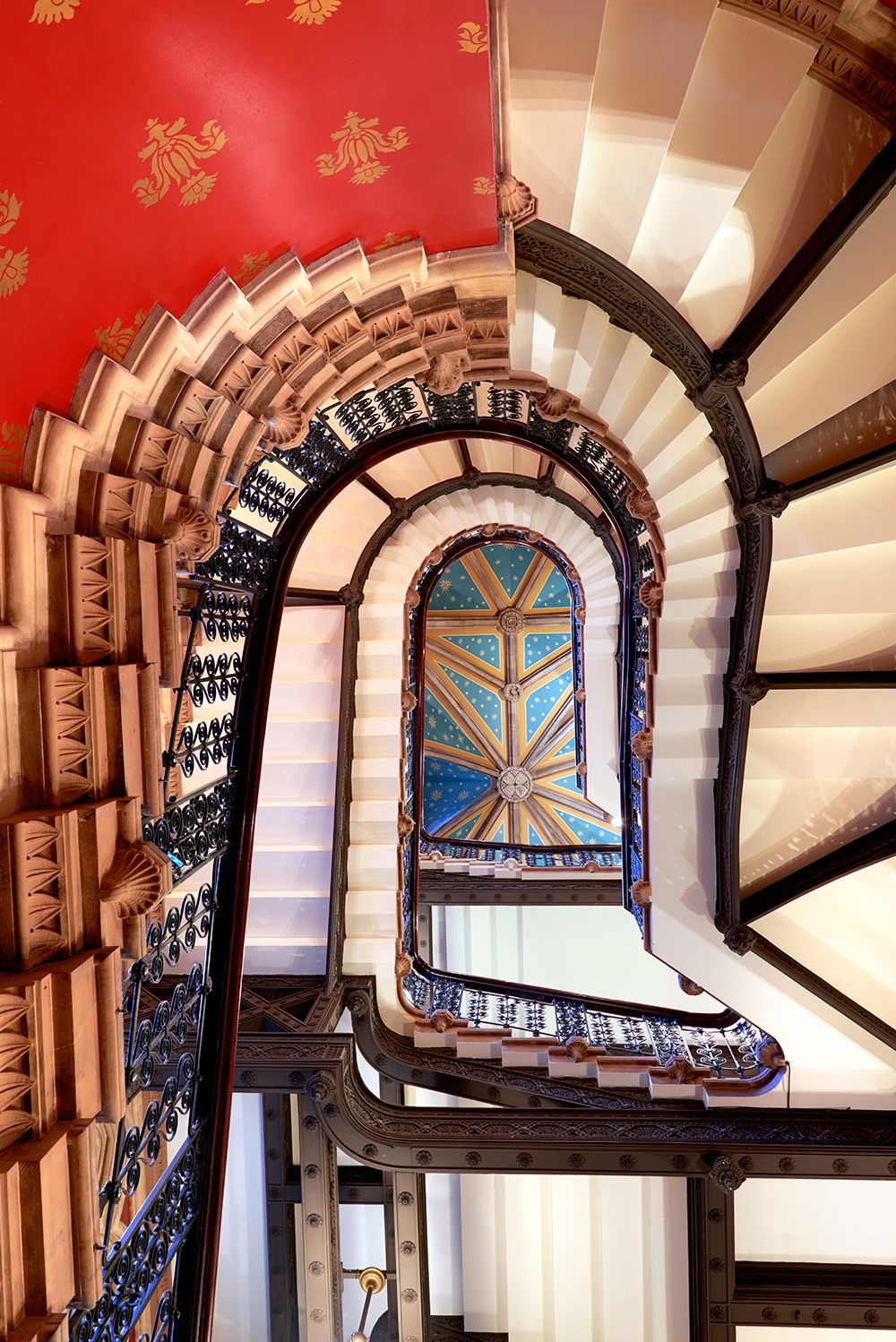Know nothing about 4K video but want to give it a shot? Get up to speed with our crash course on 4K video recording.
No longer just a feature confined to pro-grade, video-centric models, 4K video recording has filtered down to many DSLRs and mirrorless cameras. If you have this functionality at your disposal but you’re unclear on the terminology or the various benefits of shooting in 4K, read on.
What is 4K?
Broadly speaking, 4K refers to one of two resolutions found on capture and display devices.
The most common resolution is known as Ultra High Definition 4K (4K UHD) which records at a resolution of 3,840 x 2,160. It is often used on cameras, television and other consumer devices. In the same way that 1080p (the vertical display resolution) has come to refer to Full HD, 2160p is a term that’s used to refer to 4K UHD. It can also be called Quad Full HD (QFHD).
The other is known as DCI 4K, a system developed by the motion picture industry and refers more broadly to a set of specifications for standardising recording and display. This records in a slightly higher resolution of 4,096 x 2,160. Given that both have approximately 4000 pixels across their longest side, they fall under the 4K umbrella.
It’s usual for a camera to offer only one of these options. Canon’s EOS-1D X II and EOS-1D C each offer DCI 4K, for example, while Nikon’s D5 offers 4K UHD instead. However, some models such as Panasonic’s Lumix GH4 and Samsung’s now-retired NX1, offer both.
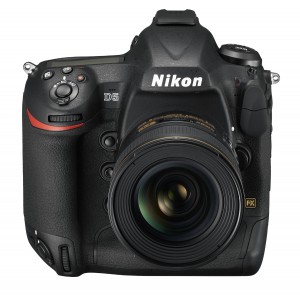
So how is 4K different to HD and Full HD recording?
The main difference between HD and 4K formats is resolution. 4K UHD footage uses four times as many pixels as Full HD recording, thus producing an image with far more detail. There are a number of additional benefits of 4K recording. If you record 4K footage with a view to output it at a lower resolution (say, Full HD), the extra detail you’ve captured provides you with plenty of latitude in post production. You can crop away peripheral areas and zoom into details in the frame, for example; or zoom with a view to panning across the scene, knowing that you’ve retained sufficient resolution for output. Obviously, if you make these kinds of adjustments but subsequently output your footage at the same 4K resolution in which it was originally recorded, fine detail is like to be compromised.
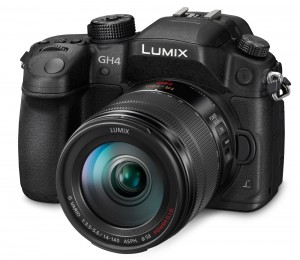
One further advantage is that a number of recent cameras that record video in 4K quality can have a frame extracted and saved as an image. At a Full HD resolution, this would work out at just over 2MP (1,920 x 1,080), meaning obvious limits with regards to how it can be used. A frame from 4K UHD footage, however, increases this to around 8.3MP (3,840 x 2,160), while a frame from DCI 4K footage ups this to around 8.8MP (4,096 x 2,160) and these are far more suitable for printing and other uses. Of course, for a frame to be usable the shutter speed used at the time of recording needs to be high enough to capture it sharply. This may well work for largely static subjects, but less so for moving ones.
Many cameras that record 4K video are also capable of recording footage at particularly high frames rates, such as 120fps, and outputting this at a lower frame rate in Full HD quality, thus creating slow-motion footage. While slow-motion recording is not new, previous camera generations could not output this at a usable resolution, making it little more than a novelty. We’re also starting to see products such as Sony’s AXS-R7 that allow for footage to be both recorded and output in 4K at such fast frame rates.
Do I need a 4K display to view 4K footage?
You can view 4K footage on a non 4K display – you just won’t be seeing it at its actual 4K resolution. Instead, this footage will be downsampled to match the resolution of the display. This has the advantage of making subjects slightly out of the plane of focus typically clearer and sharper than if they were viewed on a 4K display, in the same way that low-resolution footage upscaled to a higher-resolution display will appear softer and less detailed than if it were viewed on a display matching its resolution.
Are there any downsides to 4K over Full HD?
The main advantage of 4K footage, namely that it records far more information than Full HD, is perhaps its most obvious downside when you consider the implications this has on performance, storage and editing.
When recording to a memory card, you will need to ensure that it is fast enough to record footage without interruption. Memory cards marked with a UHS speed class are generally the minimum recommended for 4K footage, with U1 guaranteeing a minimum sustained write speed of 10Mbps and U3 cards upping this to 30Mbps. Professional bodies, however, may require the faster transfer speeds of CFast or XQD memory cards, particularly when recording high-bit footage at faster frame rates.
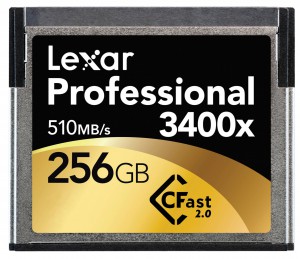
The SD Association recently announced a new Video Speed Class system, which makes things somewhat easier to understand. Here, the convention sees cards marked with a ‘V’ followed by the minimum sustained write speeds in Mbps. So, a card marked with ‘V60’ will indicate a minimum sustained write speed equivalent to 60Mpbs.
4K footage also takes up more space on cards and hard drives than Full HD footage, although the extent to which this is the case will depend on factors such as frame rate and the compression method used.
With editing, you may find that software that can edit Full HD video files without issue may struggle with the higher resolution of 4K footage. Newer computers equipped with superior processors and graphics cards, and fitted more RAM, will stand a better chance of handling this smoothly. It may also help to create proxies of your original files and edit these instead, before using the full resolution files prior to exporting. This is known as offline editing and is explained in more detail here.
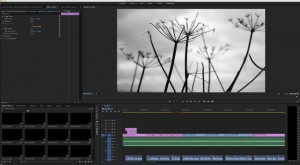
What other limitations are there that I might need to know about?
Your camera’s manual may point out any specific limitations with your model, although there are a handful of common ones.
Some 4K-enabled cameras only allow you to record 4K footage for a few minutes at a time, while others can continue for thirty minutes or so. It’s possible to get around time limitations by recording footage directly to an external recorder rather than to a memory card inside the camera.
Some cameras also use their full sensor to record 4K footage while others use the Super 35mm format, which uses a central portion of the frame that’s slightly larger than APS-C. The latter approach will clearly impact on the effective focal length, which may or may not be seen as a bad thing depending on the desired framing. Some cameras, such as Sony’s A7R II, give you the option to choose between the two formats.
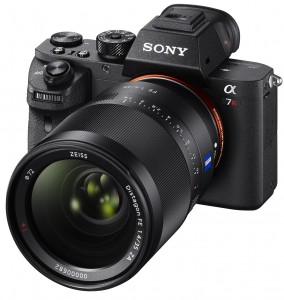
Should I record my 4K footage to a memory card or to an external recorder?
Many cameras allow you to record 4K footage either directly to the memory card inside the camera or to an external recorder plugged in via the HDMI output, and some allow you to do both simultaneously.
Recording to a memory card has the advantage of convenience, and for many applications this approach is perfectly suitable. However, you may be restricted by the level of the control that has been determined by the manufacturer with regards to recording time limits, compression methods and so on.
An external recorder will allow you to bypass these time limits and may also provide you with a wider variety of codecs for recording. If your camera has a clean HDMI output, you may be able to output your footage without any of the compression that internally captured footage may be subject to. Some recorders, such as Atomos Shogun, also have a built-in display to view your footage while recording at a much larger size than your camera’s LCD panel, thus allowing you to use features like focus peaking with greater accuracy.

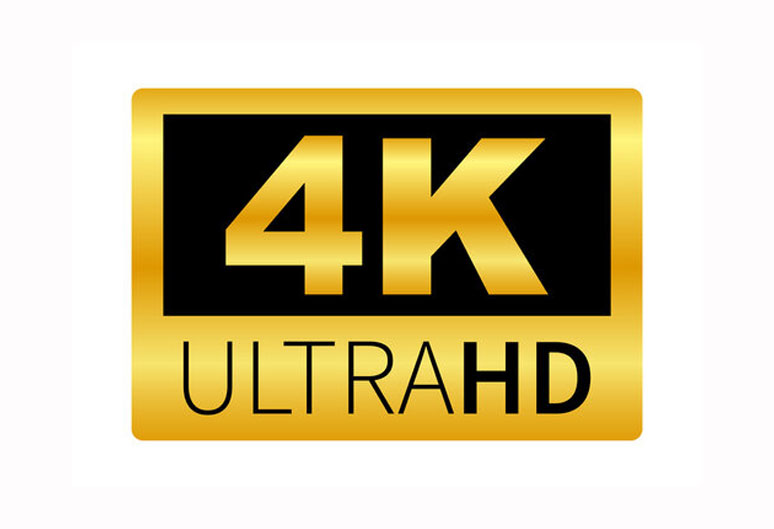
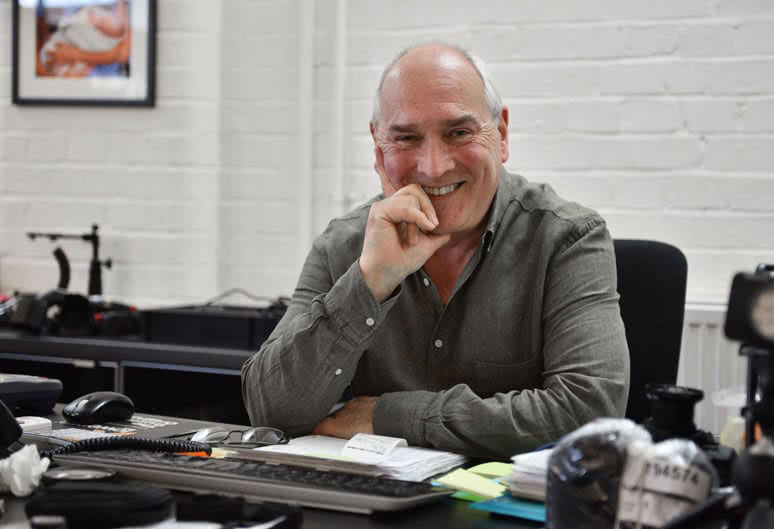
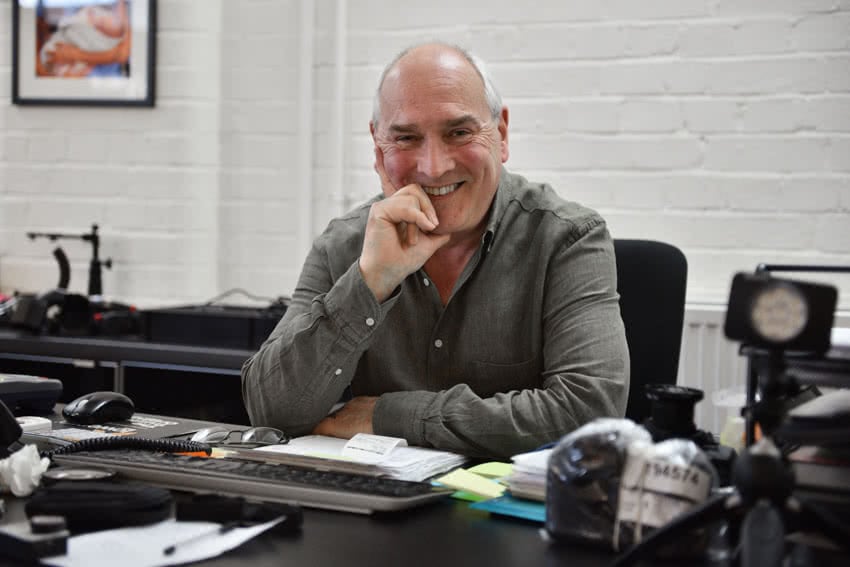
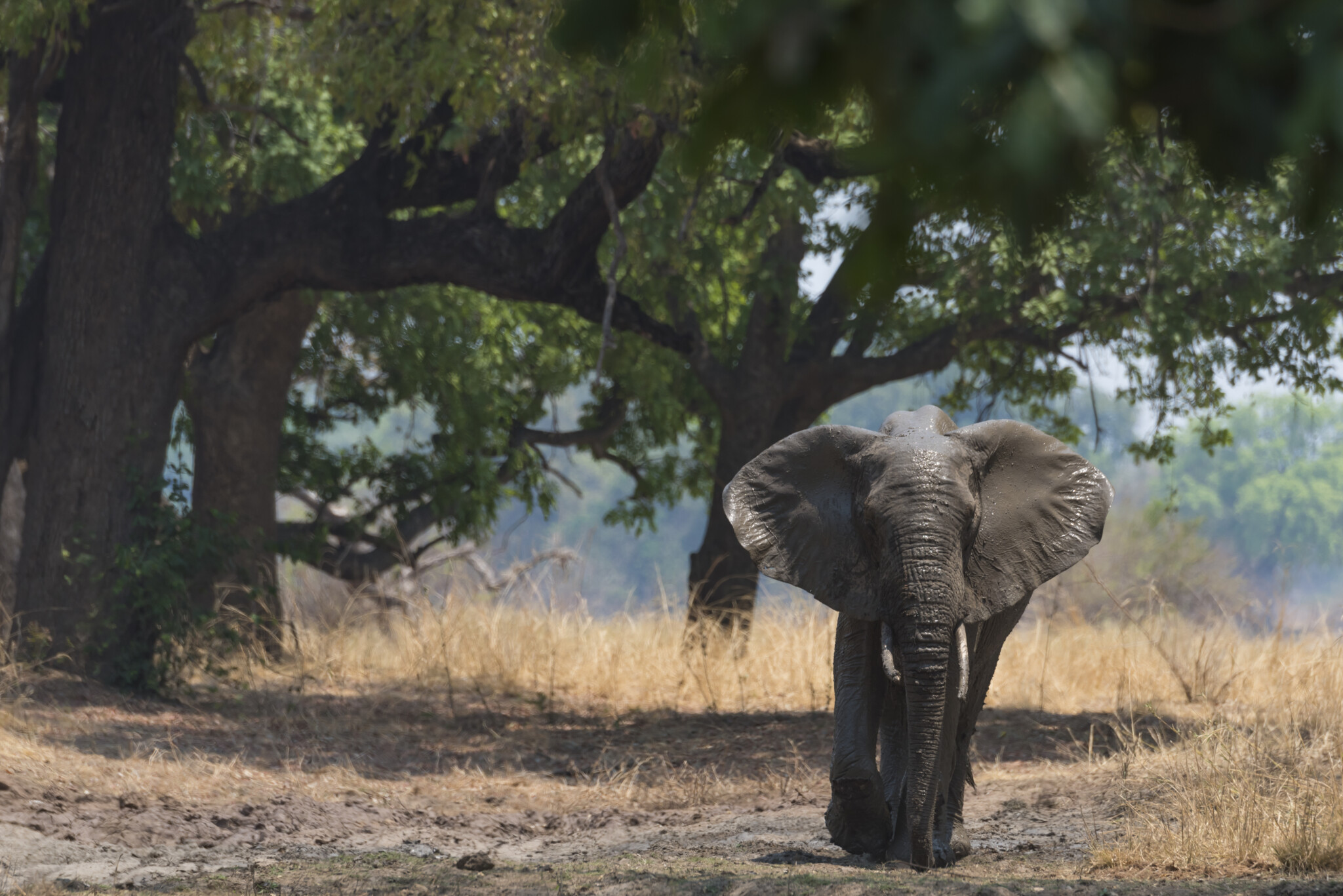



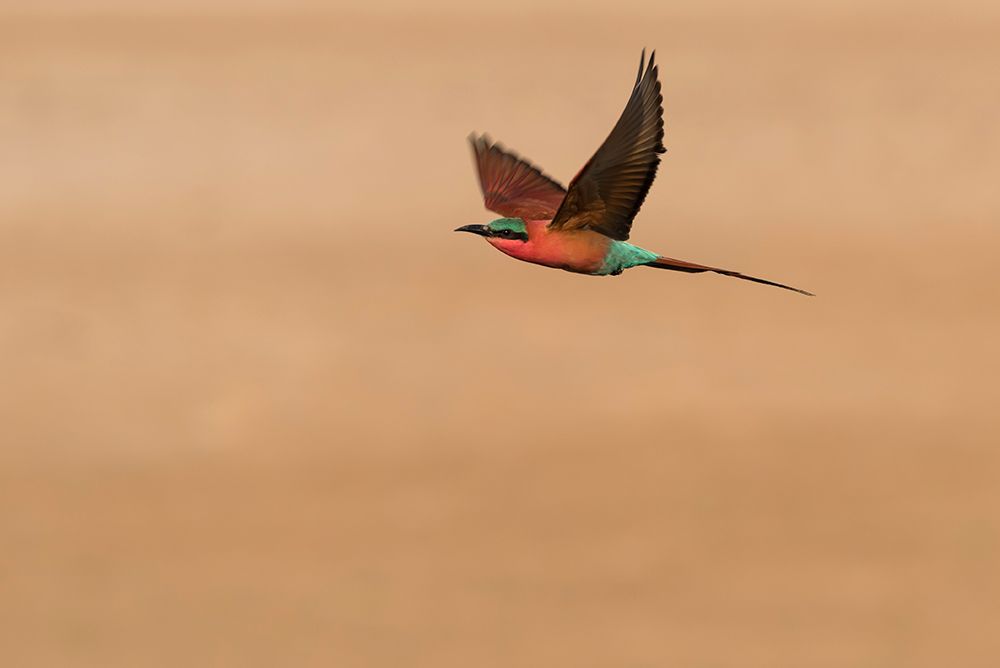
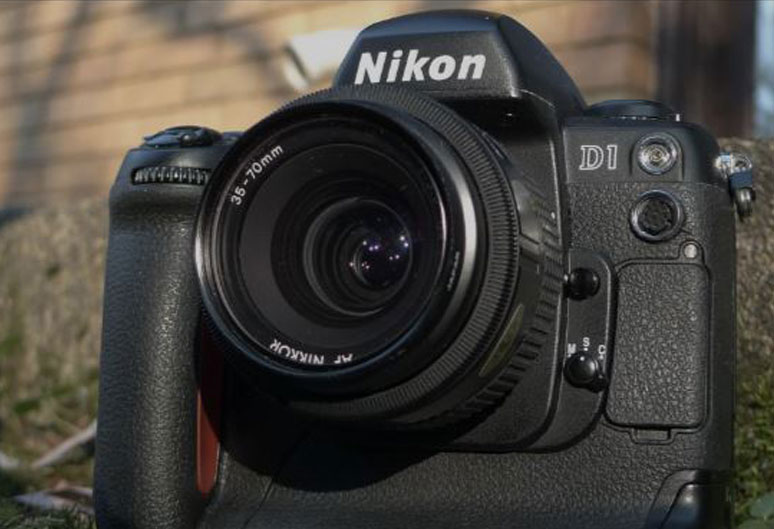
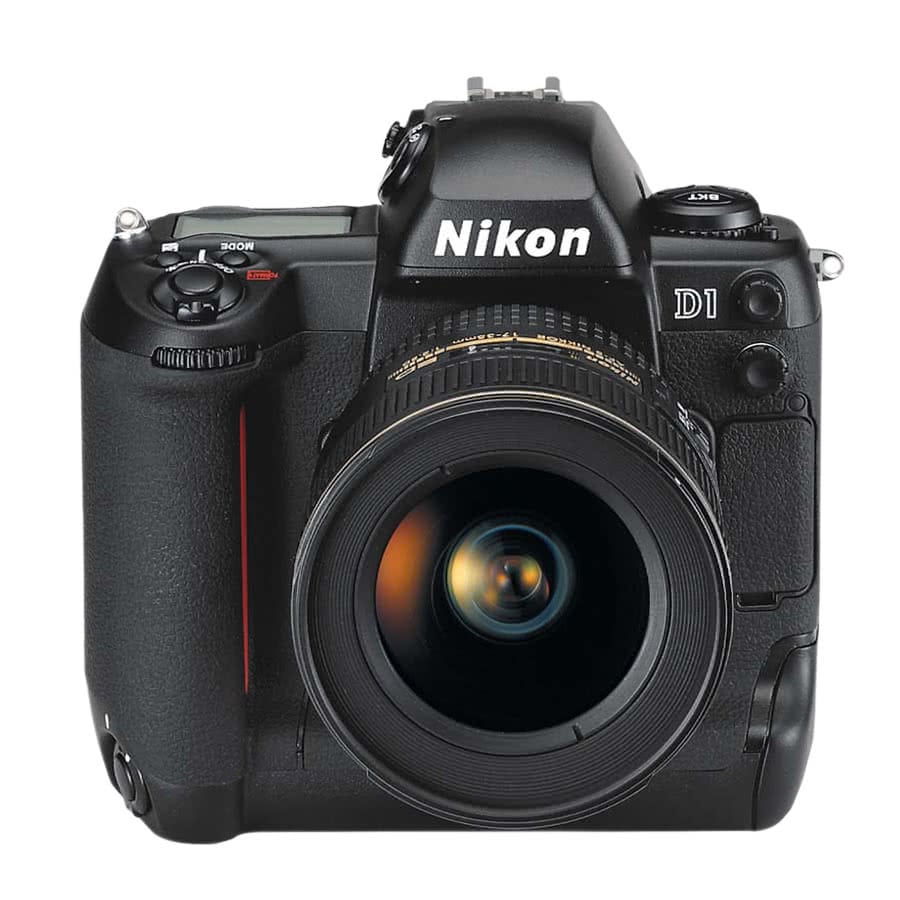
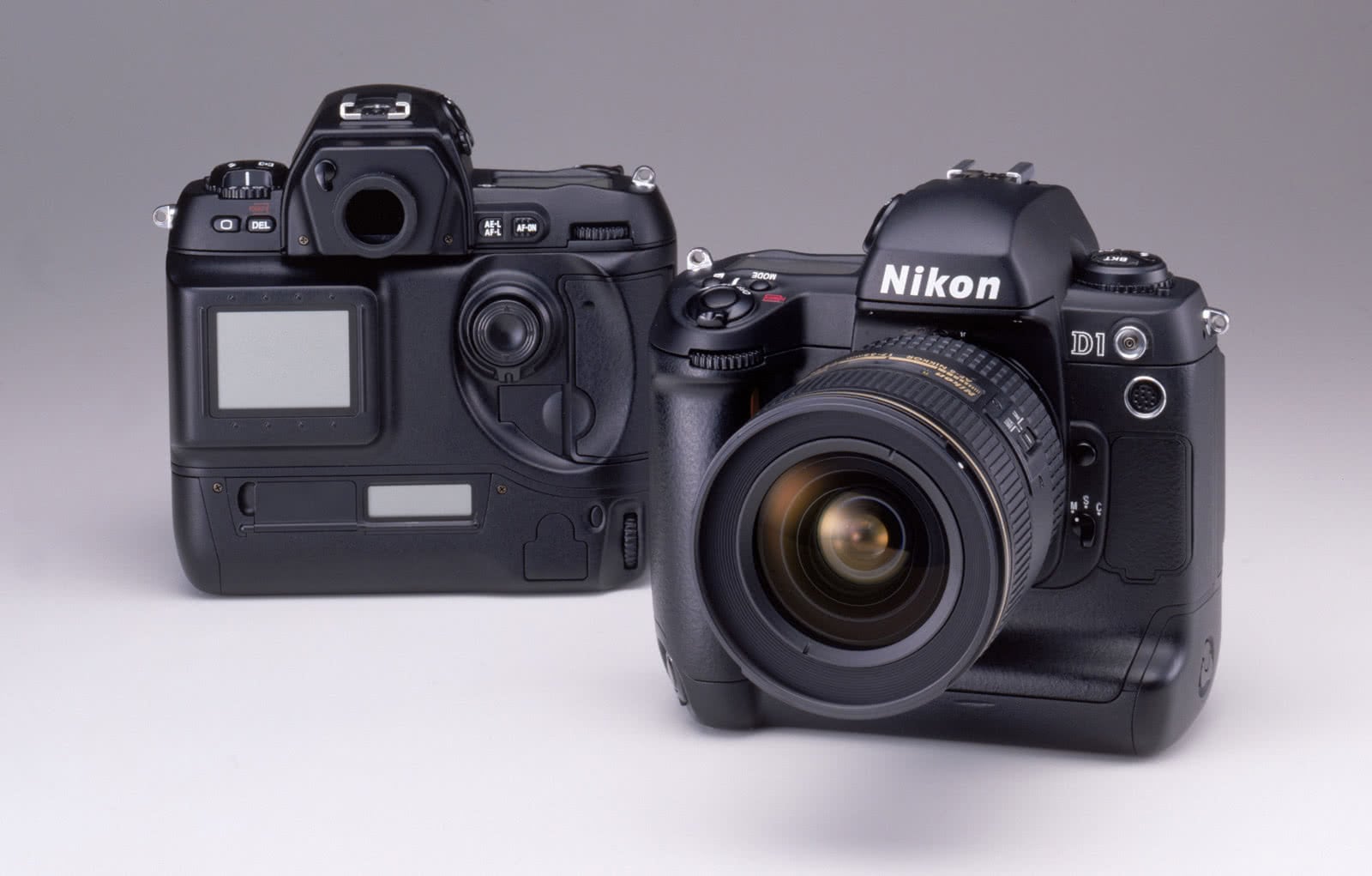
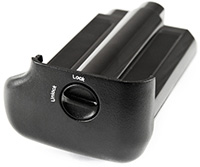 It wasn’t perfect. The Nikon D1’s major malfunction was its battery usage. The Ni-Mh batteries required to power it were not only enormous, they didn’t last very long and quickly lost their capacity to take a full charge. More cripplingly though, once the batteries got low, the camera would continue to shoot but its image processing centre would shut down, meaning it would record only blank frames! Successors to the D1 would fix this, but it was a significant flaw that could have severe consequences for the unaware.
It wasn’t perfect. The Nikon D1’s major malfunction was its battery usage. The Ni-Mh batteries required to power it were not only enormous, they didn’t last very long and quickly lost their capacity to take a full charge. More cripplingly though, once the batteries got low, the camera would continue to shoot but its image processing centre would shut down, meaning it would record only blank frames! Successors to the D1 would fix this, but it was a significant flaw that could have severe consequences for the unaware.